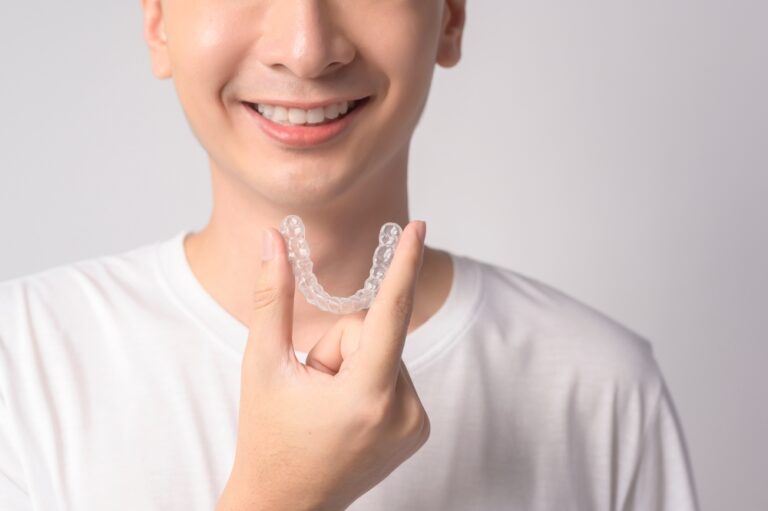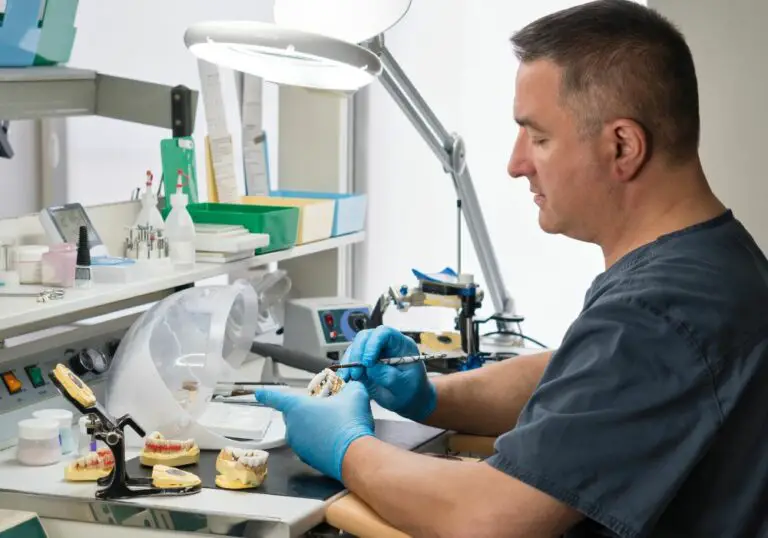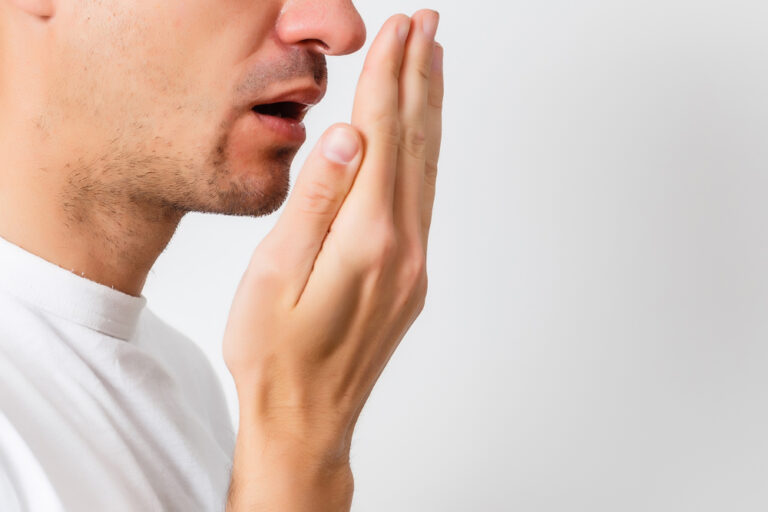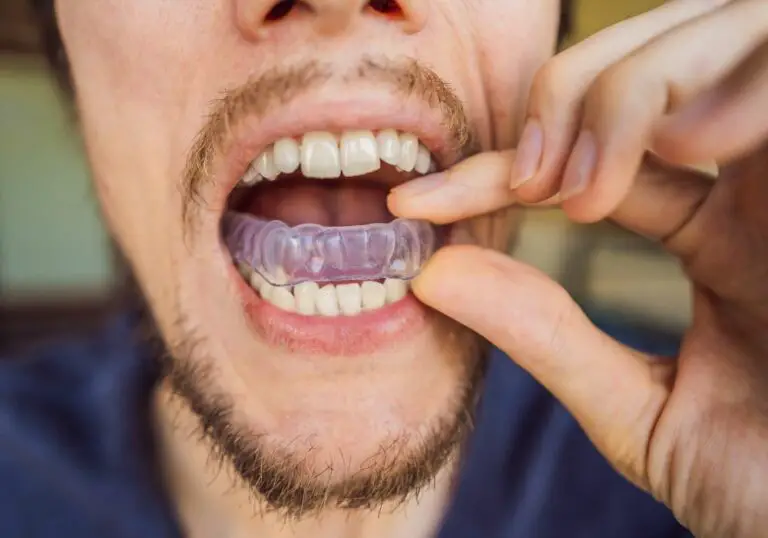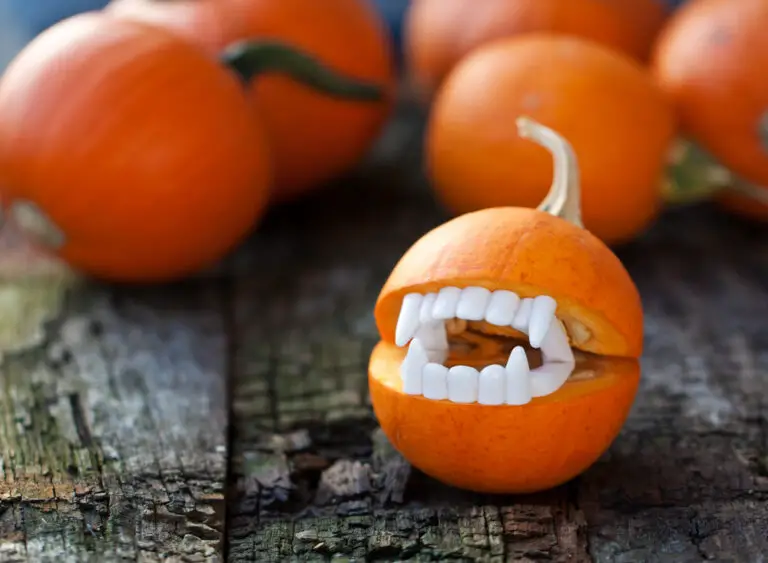What causes gum swelling between teeth and cheek?
Gum swelling between teeth and cheek is quite common and can occur due to a variety of reasons. Here are some of the most common causes:
1. Injury
Any injury to the inside of the cheek or gums can cause swelling. Common causes include:
- Accidental biting: You may accidentally bite the inside of your cheek while eating or talking. This can damage the soft gum tissue and cause swelling and pain. The swelling usually goes away on its own within a few days.
- Irritation from sharp teeth: Sharp teeth or broken fillings can continuously rub against and irritate the inside of the cheek. This irritation and inflammation can lead to gum swelling.
- Oral piercings: Tongue or cheek piercings that are constantly rubbing against the gums can also cause gum irritation and swelling.
- Sports injuries: Injuries during contact sports or other accidents may damage the inner cheek or gum tissue. This type of blunt force trauma can lead to significant swelling and bruising.
2. Infections
Infections in the gums or cheeks can also lead to swelling:
- Abscess: A bacterial infection of the gums or cheeks can cause a pocket of pus to form, called an abscess. The abscess leads to swollen, painful gums.
- Gingivitis: This gum infection causes inflammation, redness, and swelling of the gums. It’s usually due to poor oral hygiene and plaque buildup.
- Herpes simplex infection: Oral herpes flareups on the gums or inner cheek can result in swollen and painful sores and lesions.
3. Oral health problems
Some underlying oral health issues can also cause swollen gums between teeth and cheek:
- Gingival hyperplasia: This condition causes the gums to become enlarged and swollen around the teeth. It can occur due to genetics, certain medications, or oral inflammation.
- Periodontal disease: Advanced gum disease damages the gum tissues, causing significant redness and swelling. Pockets may also form between the gums and teeth.
- Canker sores: These small ulcers can develop on the gums near the inside of the cheek. They lead to discomfort and swelling.
- Oral cancer: Tumors developing on the gums, inner cheek or nearby areas can press on and inflame the gum tissue.
4. Dental procedures
Certain dental treatments can temporarily irritate the gums and inner cheek, causing swelling:
- Tooth extraction: Removal of a tooth next to the swollen gum area during an extraction can irritate and inflame the adjacent gums.
- Dental fillings: Extreme sensitivity or irritation from a newly placed filling or crown can cause gum inflammation.
- Dental braces: The braces may rub against and irritate the inner cheek and nearby gums, leading to swelling. This usually resolves within a few days as you get used to the braces.
- Denture issues: Poorly fitted or broken dentures can rub and put excess pressure on the gums, causing swelling and pain.
Symptoms associated with swollen gums between teeth and cheek
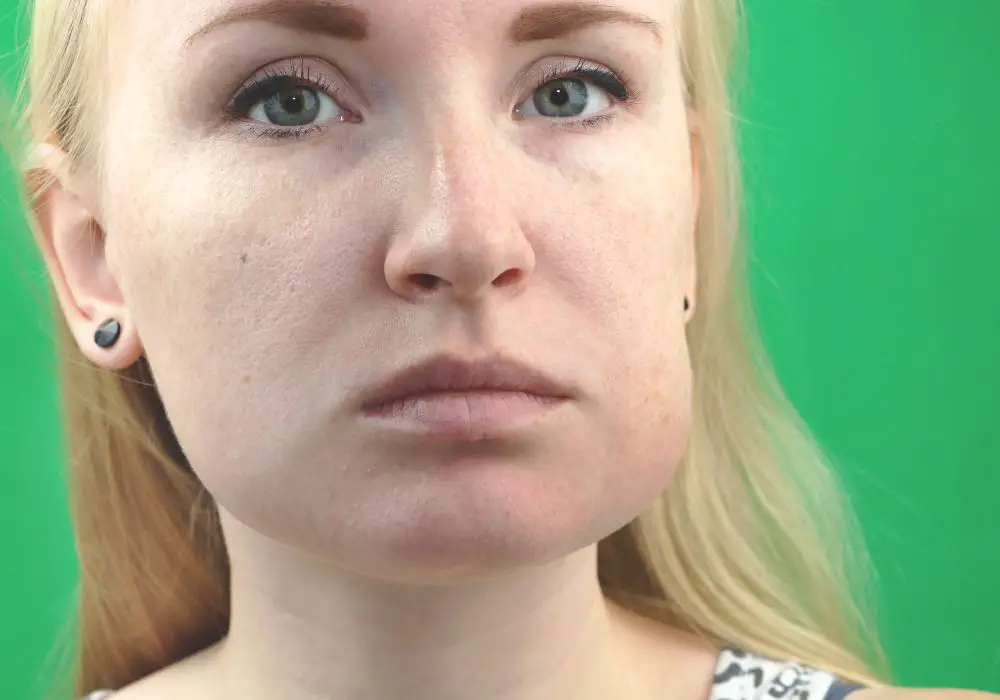
Here are some of the common symptoms that may occur with swollen gums between teeth and cheek:
- Swollen lumps or bumps on the gums along the inside of the cheek
- Significant redness and inflammation
- Tenderness and pain when eating or brushing teeth
- Bleeding from the gums
- Bad breath
- Sensitivity to hot or cold foods
- visible pocket of pus indicating an abscess
- Fever or swollen lymph nodes if due to an infection
- Difficulty fully opening the mouth or talking
- Loose teeth if due to advanced gum disease
- Pain that radiates to the ear, indicating possible TMJ problems
When to see a dentist
It’s recommended to schedule an appointment with your dentist if you have:
- Swelling that persists for more than 2-3 days
- Severe gum pain and swelling that makes it difficult to eat or talk
- Fever, chills or pus/discharge indicating an infection
- Bleeding, redness, or sore gums that don’t improve with good oral hygiene
- Swelling accompanied by loose teeth or mouth sores
- Gum swelling that keeps returning
The dentist can examine the area and determine the underlying cause. Depending on the diagnosis, they may prescribe antibiotics for infections, recommend changing oral hygiene habits, or suggest dental treatments like gum surgery, root canal therapy, tooth extraction or dental appliances. Ignoring persistent swelling can allow infections to worsen and increase the risk of tooth loss.
Home remedies to reduce gum swelling between teeth and cheek

You can try these self-care tips at home to help relieve minor gum swelling and discomfort between the teeth and cheek:
1. Salt water rinse
Rinsing with warm salt water 2-3 times a day can help reduce inflammation and pain. Mix 1 teaspoon salt in a glass of warm water. Swish this around the mouth gently for 30-60 seconds before spitting it out.
2. Ice pack
Applying an ice pack or cold compress to the outside of the cheek for 10-15 minutes several times a day can alleviate swelling and tenderness. Make sure to wrap the ice in a towel before applying to prevent damage to the skin.
3. Aloe vera gel
The soothing, anti-inflammatory properties of aloe vera can help reduce gum swelling. Apply fresh gel from the plant directly on the irritated gums 2-3 times a day. Store-bought aloe vera gel can also be used.
4. Guava leaves
Chewing on tender guava leaves releases juices that can help ease swollen gums. Crush a few leaves to extract the juice and chew it slowly for a few minutes before spitting it out.
5. Turmeric paste
Mix 1 teaspoon turmeric powder with just enough water to form a paste. Gently rub this over the swollen gums twice daily. Turmeric’s antioxidant and anti-inflammatory properties may help reduce swelling.
6. Clove oil
Dab a small amount of clove oil on the gums using a cotton swab. Clove oil’s numbing properties can temporarily relieve pain and tenderness. Use it sparingly as it has a strong taste.
7. Proper oral hygiene
Brush teeth twice daily using a soft-bristled brush. Floss gently between teeth. This can remove plaque accumulation and food debris that may be irritating the gums and cheeks. Avoid alcohol-based mouthwashes that can dry out the tender gum tissue.
Medical treatments for swollen gums between teeth and cheek

If home remedies do not resolve the swelling within a few days, your dentist may recommend further medical treatment. This can include:
- Prescription antimicrobial mouthwash: Antiseptic mouthwashes containing chlorhexidine or cetylpyridinium chloride can treat infections of the gums and cheeks.
- Oral antibiotics: For bacterial infections that have spread deeper into the gums and tissue, your dentist may prescribe antibiotics like amoxicillin or metronidazole. Completing the full antibiotic course is vital.
- Steroid medications: Anti-inflammatory steroid medications like dexamethasone may be injected directly into severely swollen and painful gums to provide relief.
- Gum surgery: If gum swelling is due to periodontal disease or gingival hyperplasia, the dentist may recommend gum flap surgery. This involves lifting up the gums to remove bacteria and tartar underneath and recontour excess gum tissue.
- Dental splint: If the swelling is due to a misaligned bite, a small plastic splint can be worn over the teeth to prevent grinding and equalize pressure on the jaws. This allows the gums time to heal.
- Treatment of causative diseases: Issues like oral cancer, autoimmune disorders or vitamin deficiencies that are leading to the swelling will also need to be managed.
Prevention tips
You can take these preventive measures to avoid recurrent or excessive gum swelling between teeth and cheek:
- Maintain good oral hygiene by brushing twice daily and flossing once daily
- Get regular professional cleanings every 6 months
- Wear a mouthguard at night if you grind your teeth
- Eat a balanced diet and avoid sugary or acidic foods that can cause tooth decay
- Have any ill-fitting dentures adjusted promptly to avoid rubbing and pressure on the gums
- Avoid habits like pen chewing, fingernail biting or cheek chewing that can traumatize the soft gum tissue
- Manage any underlying medical conditions like diabetes that may affect gum health
- Limit alcohol and quit smoking, as these can irritate the gums
- Get prompt treatment for infections to prevent them from spreading
With proper care, minor gum swelling often resolves on its own. But prompt dental attention is key for persistent or recurrent cases to prevent complications.
Frequently Asked Questions (FAQs)
Here are some common questions related to swollen gums between the teeth and cheeks:
Q1. Are swollen gums between teeth normal after a filling?
It’s common to have slightly inflamed or irritated gums for a few days after getting a new dental filling. As the anesthetic wears off, you may feel some sensitivity and notice minor swelling from the dental work. But if it persists beyond 3-4 days or worsens, see your dentist to evaluate if an adjustment is needed or if it’s become infected.
Q2. Can swollen gums between teeth be caused by sinus infection?
In rare cases, a bacterial sinus infection spreading to the upper back molars can cause swelling of the gums around those teeth. The infection may drain into the mouth through tiny openings between the sinus and gum. Seek medical care if you have simultaneous sinus congestion, facial pain, and swollen gums.
Q3. What does gum swelling between the teeth indicate?
Mild gum swelling by itself may just indicate transient irritation or injury, especially if it resolves quickly. But persistent, worsening, or recurring gum swelling is often a red flag for an underlying dental health problem. It can signify gum disease, infection, oral cancer, vitamin deficiencies, ill-fitting dentures, or other issues that need evaluation.
Q4. When should I worry about a swollen lump on my gums between teeth?
Any swollen lump or mass on your gums, especially between teeth, should not be ignored. It may indicate a localized area of infection like an abscess or a canker sore. But it can also be a signs of something more serious like oral cancer or tumor. Bring such lumps to your dentist’s attention for prompt diagnosis and treatment.
Q5. Are swollen gums between front teeth normal during pregnancy?
Hormonal changes during pregnancy can increase sensitivity and irritation, potentially causing swollen or inflamed gums between teeth. Maintain excellent oral hygiene and visit the dentist during pregnancy, as gum disease is linked to preterm labor. If the swelling is severe or you have fever or bleeding, see the dentist urgently.
Conclusion
In most cases, mild gum swelling between teeth and cheek subsides on its own with good oral hygiene and simple home remedies. However, if it is persistent, worsening, or associated with pain and other symptoms, a dentist should evaluate it promptly. Ignoring gum disease and infections can have ripple effects on your overall health. With an accurate diagnosis and proper treatment, swollen gums can be healed and future occurrences prevented. Schedule regular dental cleanings and checkups to maintain healthy gums and smile!


